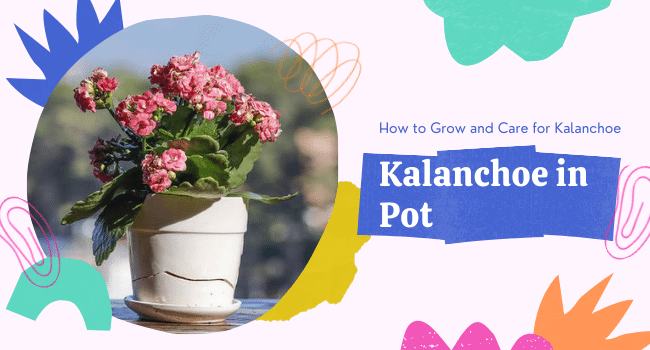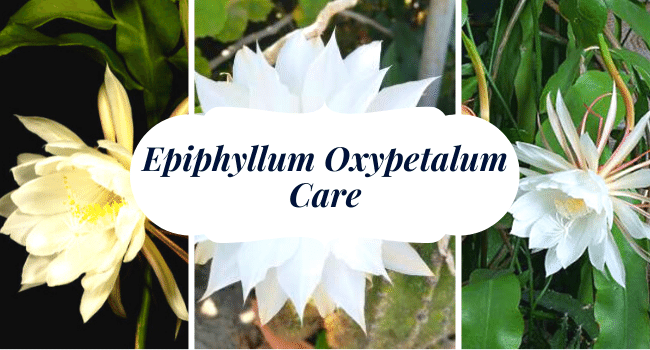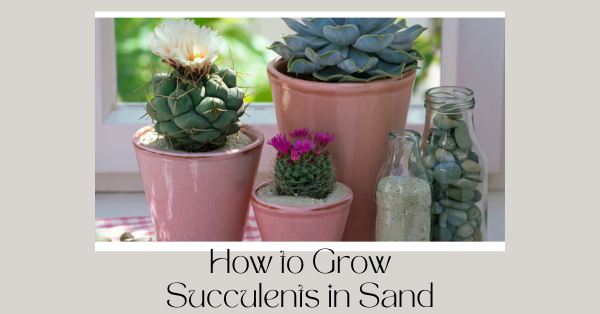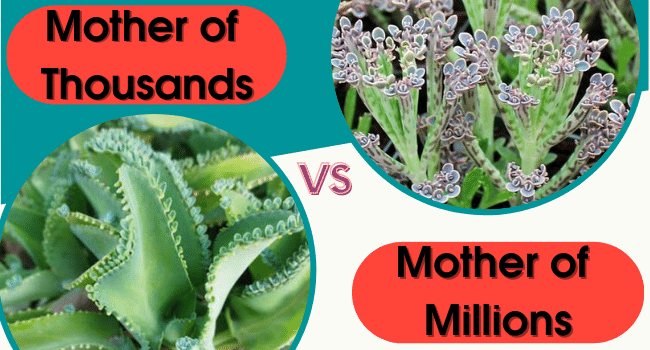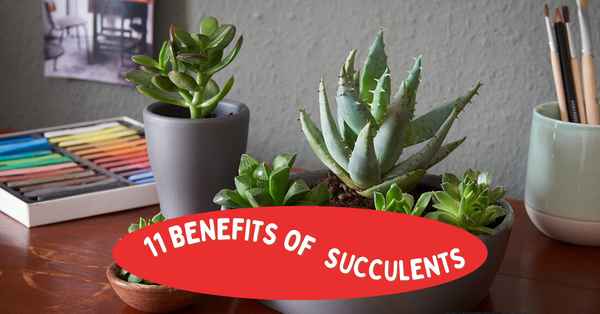15 Best Indoor Succulent Plants for Home and Apartment
Want to know the best Indoor Succulent Plants? Check out the stunning succulents that grow well indoor, for house, office and apartment!
Succulents are the first choice of interior designers for revamping indoor spaces. Not only will succulents completely transform any surrounding, be it home, apartment or office, but they’ll also help keep the indoor air clean. Here are the top picks for indoor succulent plants!
1. Snake Plant
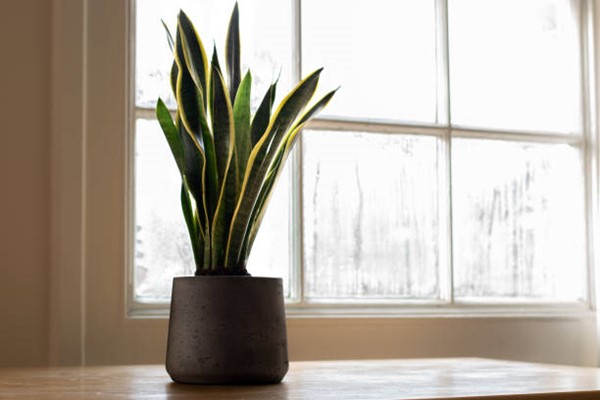
Scientific Name: Sansevieria trifasciata
When it comes to succulents for indoor space, the snake plant tops our list as it’s a low-maintenance plant. Also, the snake plant does well in partial shade to low-light, making it ideal for indoor spaces. Going by another name Mother-in-Law’s tongue plant, it has broad leaves that are variegated, upright, and pointed at the end. If that wasn’t enough to motivate you, the snake plant is also among the list of plants that remove pollutants from the surrounding air, as found in the NASA clean air study!
2. Burro’s Tail
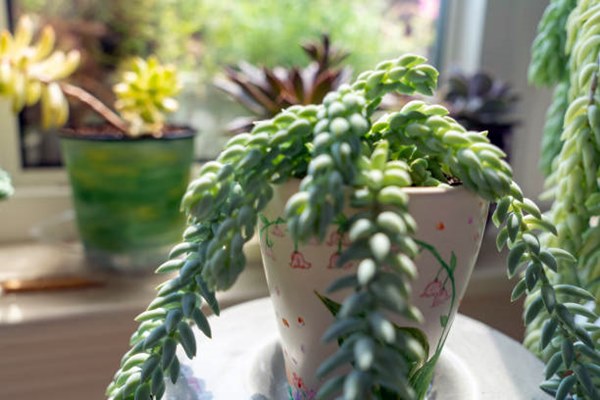
Scientific Name: Sedum morganianum
Also, going by the name donkey tail, it’s one of the most attractive succulents out there. Being a trailing succulent, it’s ideal for hanging baskets or containers set on a heightened spot such as tabletop or balcony. The trailing stems can reach a length of around three feet and are adorned with grayish-green thick succulent leaves.
3. Christmas Cactus
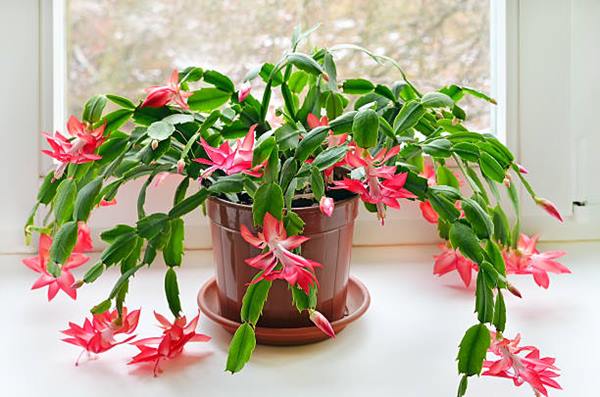
Scientific Name: Schlumbergera x buckleyi
It’s the best cacti for the holiday season as it blooms just in time for Christmas, hence the name. Glossy green segments run along the branches, which can grow to around three feet long. Glorious flowers ranging from red, white, yellow, pink, or purple appear on this cacti depending on the cultivar you plant. East facing window is ideal for placing this cactus in the indoor space as it does well in moderate light and some direct sun.
4. Jade Plant

Scientific Name: Crasuula ovata
The Jade plant is a popular houseplant for home, office & other indoor settings. It looks stunning with the miniature tree-like form and grows to around 3 feet tall as a houseplant, making it ideal for small spaces. It requires direct light for at least a couple of hours for healthy growth, so make sure to locate it at such a spot. South & west-facing windows in the kitchen or office are some excellent spots, to begin with.
5. Pencil Cactus
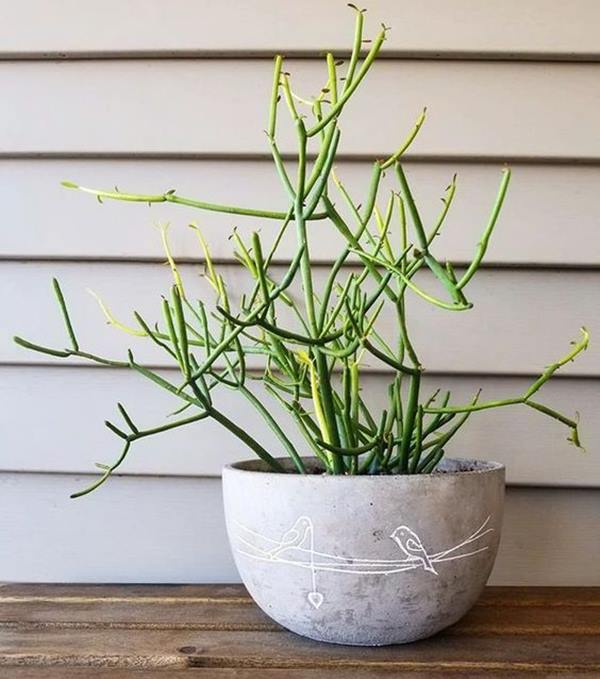
Scientific Name: Euphorbia tirucalli
Growing as a shrub pencil cactus will definitely add interest to any space and intrigue onlookers. It has thin cylindrical stems growing in clusters that fan out from the main branches. Although the sharp spikes are absent, still keep it out of the reach of children and pets as its sap is toxic. Low in maintenance pencil cactus will grow well beside a well-lit window.
6. Aloe Vera
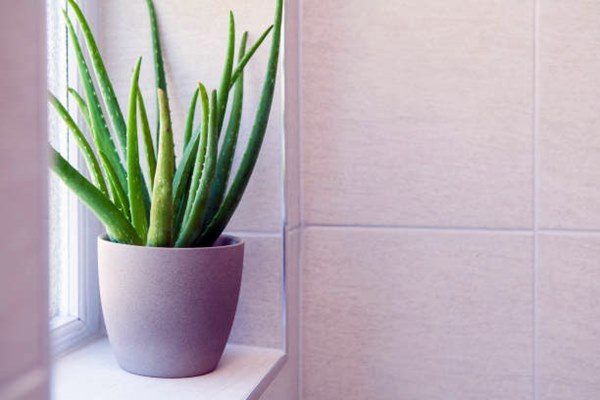
Scientific Name: Aloe Vera
Yes, Aloe vera and other members of the aloe family are a great choice when it comes to indoor succulents. Not only does aloe vera look attractive, but its sap has many benefits for skin ailments and can be used for your daily skincare routine as well. Although aloes love bright sunlight so make sure to find the sunniest window or well-lit spot in the indoor space. Aloes are also in our list of Best plants for shallow pots!
7. Panda Plant
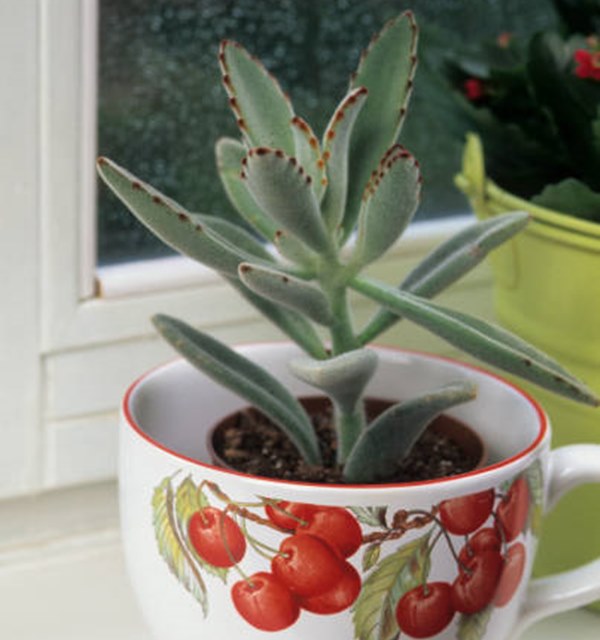
Scientific Name: Kalanchoe tomentosa
This cute little houseplant has fuzzy leaves with brownish-red markings at the tips, similar to the panda bear’s fur. The fuzzy or velvety leaves are due to the silvery-white hairs present on the surface of the leaves. In containers, this small houseplant is bound to grow only to a height and width of a couple of inches long. It also goes by the name pussy hair and does well in medium to bright light.
8. Zebra Plant
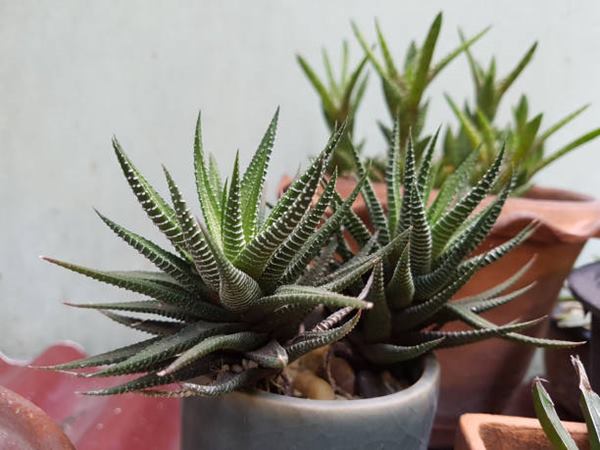
Scientific Name: Haworthiopsis fasciata
In their natural habitat, the Zebra plant thrives in the canopy of trees and does well in partial shade. Its shade-loving nature makes the zebra plant an ideal choice for indoor spaces, plus it won’t take up much space. Thick dark green leaves have white horizontal stripes running on the outer side, which is why it’s called zebra cacti.
9. String of Hearts
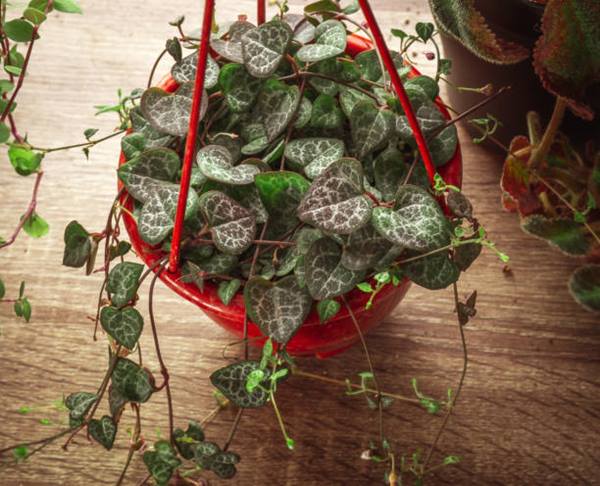
Scientific Name: Ceropegia woodii
Nothing beats the beauty of trailing stems with heart-shaped leaves cascading down from the hanging baskets. Vines can reach around 3 feet, and sport variegated foliage with marble patterns and purple shaded veins. Apart from a hanging basket, you can also locate it on a windowsill or shelf in a pot. Partial sun is well suited for this fast-growing plant!
10. Ox Tongue Gasteria
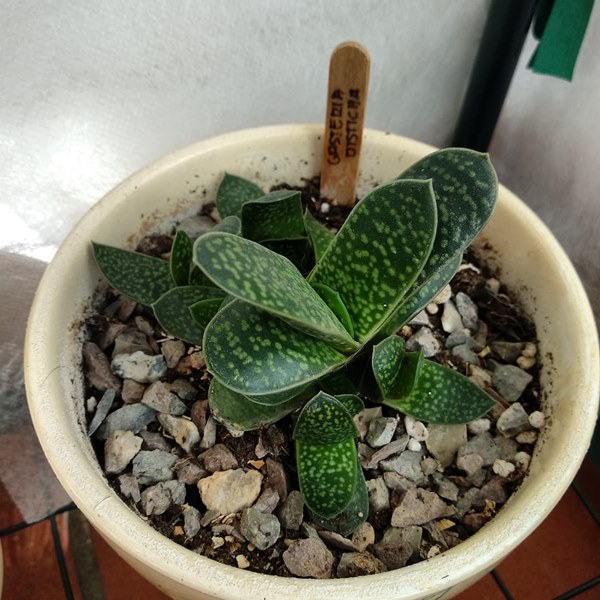
Scientific Name: Gasteria disticha
The strap-shaped leaves of this small succulent are covered with white spots. It’s a resilient succulent that can survive low-light and periods of drought. Once mature, Gasteria bears attractive tubular, curved flowers with pink hues.
11. Crown of Thorns
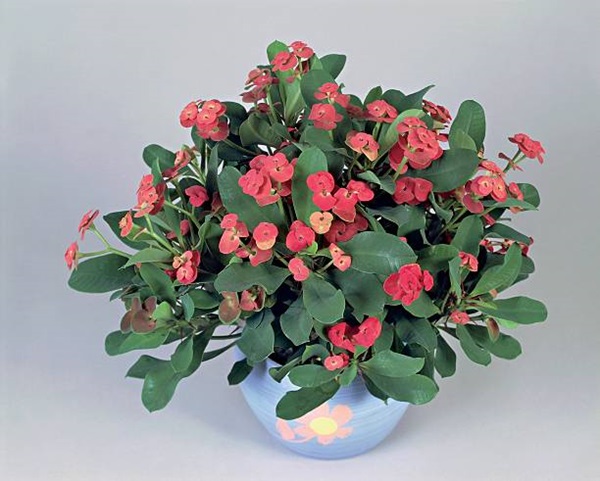
Scientific Name: Euphorbia milii
When grown indoors as a houseplant, the Crown of thorns remains compact and grows only 2-3 feet tall. It grows easily indoors, provided you locate it near a well-lit window. Its defining features are broad leaves, spiny stems, and red and yellow bracts.
12. Hens & Chicks
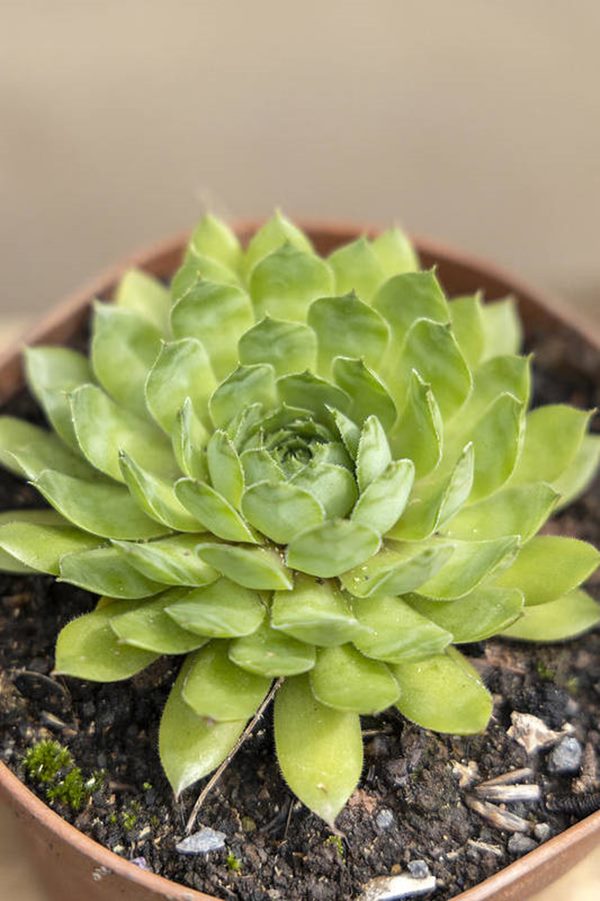
Scientific Name: Sempervivum spp.
Several small “chicks” grow on runners around the large center rosette hence the name hens and chicks. Indoors place hens and chicks near a south-facing window or any other spot that receives bright indirect light throughout the day. Growing to only 4 inches tall, it’s a perfect succulent for small spaces.
13. Flaming Katy
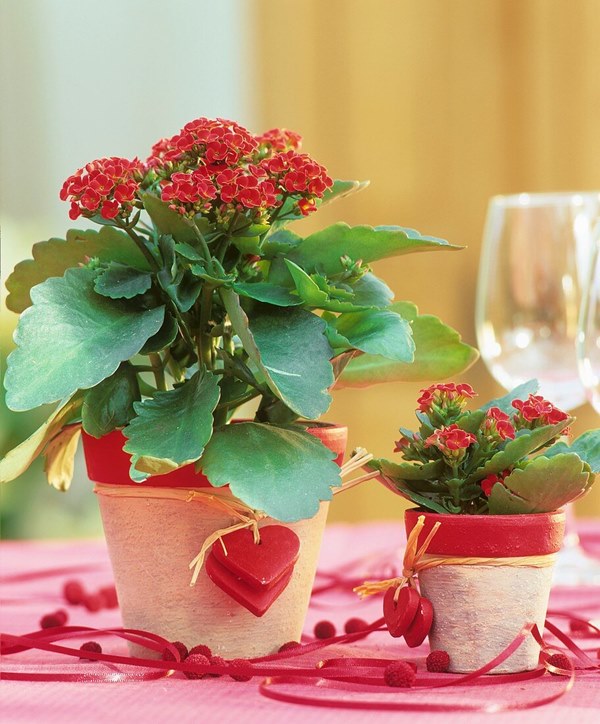
Scientific Name: Kalanchoe blossfeldiana
Flaming Katy is a solution to the winter gloom with its vibrant waxy foliage. It’s one of the few succulents grown for the striking blooms that come in shades of purple, pink, yellow, orange, white, and red. Indoors place it near a window-sill where it receives bright indirect light.
Also Read: How to Grow Kalanchoe in Pots
14. Mistletoe Cactus
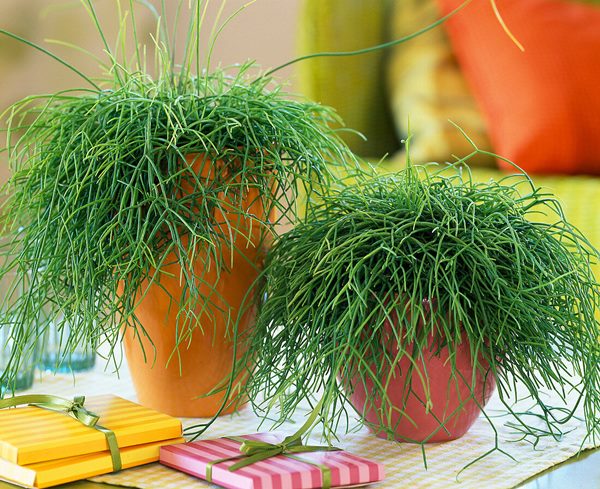
Scientific Name: Rhipsalis baccifera
Mistletoe cactus is a tropical succulent that’s unlike any other succulent. It prefers moist and humid conditions and does well in indirect medium to low light. Grown for the unique thin and cylindrical pencil-like foliage, it’s a good choice for tabletops, offices, and low-light rooms.
15. Ponytail Palm
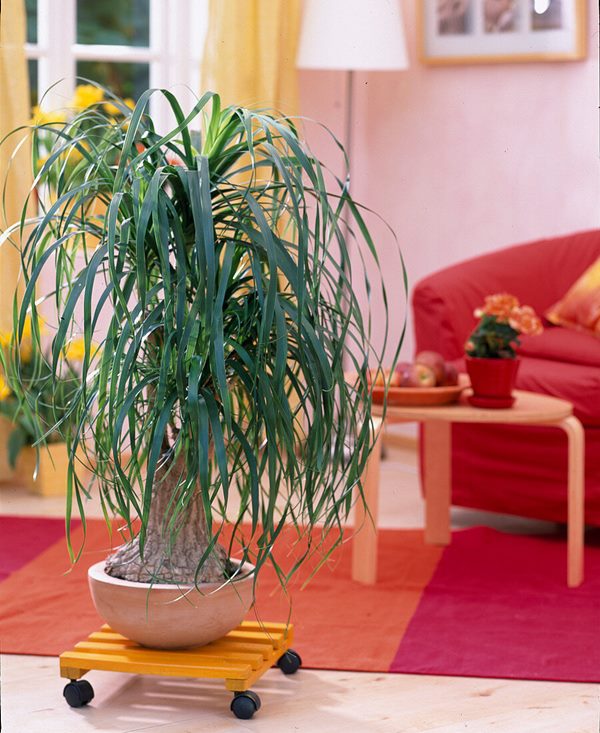
Scientific Name: Beaucarnea recurvata
Ponytail palm is an ornamental houseplant with a reputation that precedes the name because of its striking features. The bulb-like trunk’s long and thin ribbon-like foliage makes it a visual marvel. It prefers bright indirect light but will grow in low-lighting conditions due to its forgiving nature.

